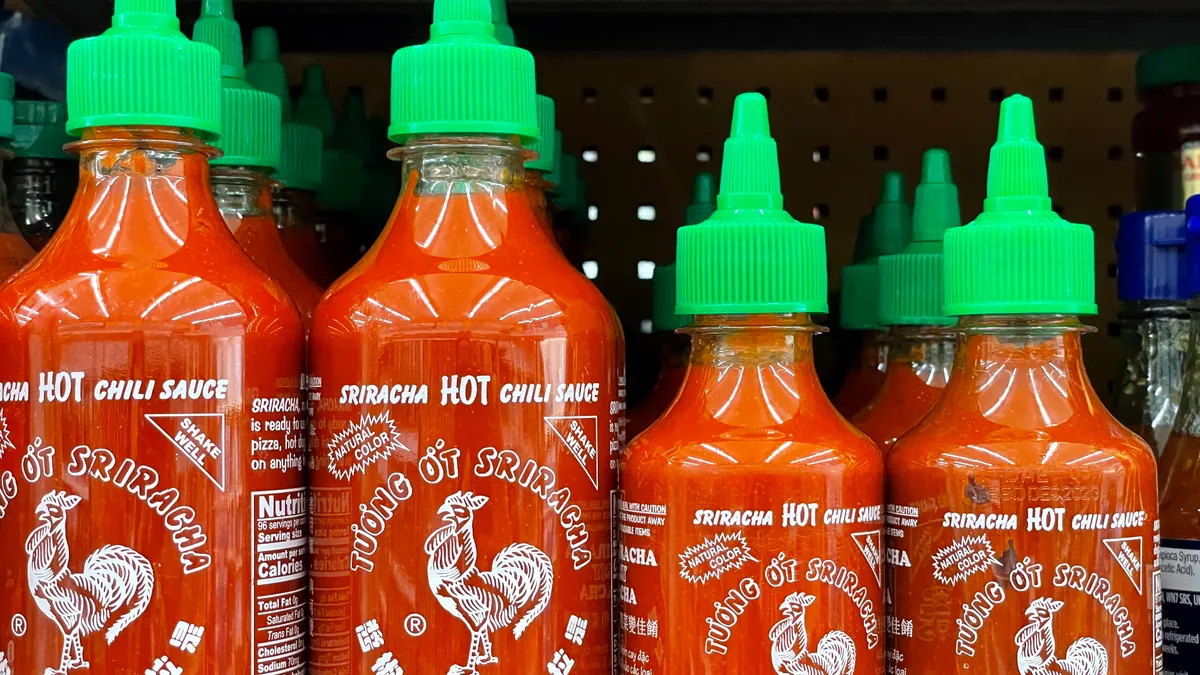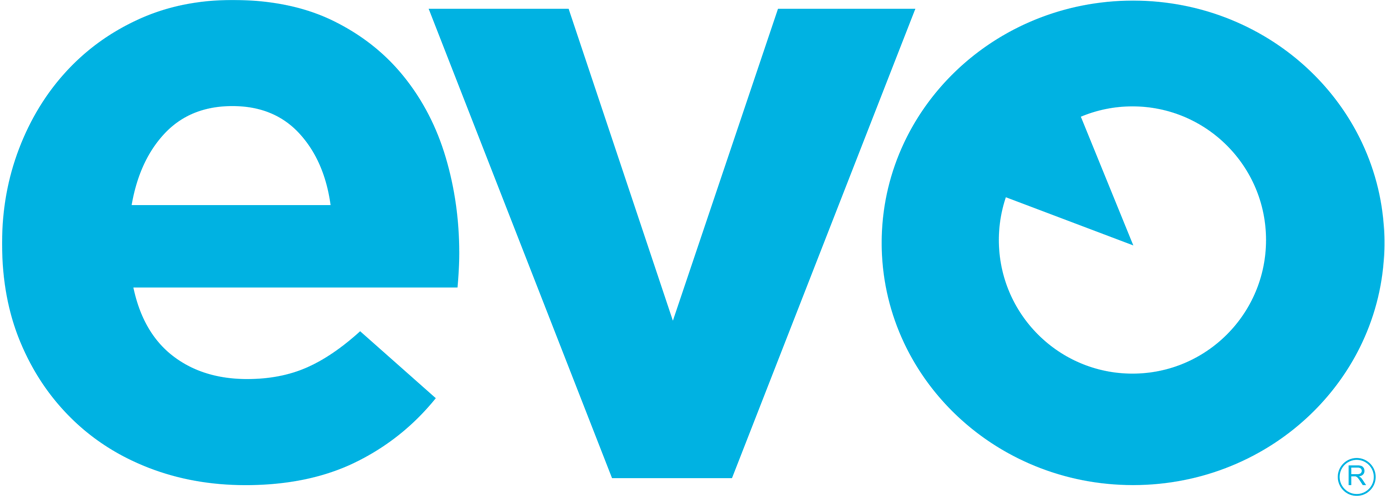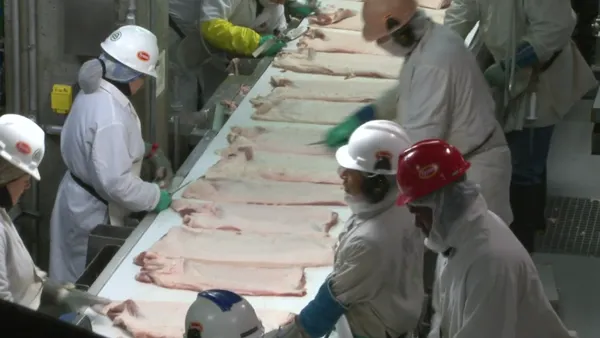Dive Brief:
- Stanley Black & Decker is raising its prices and retooling its supply chain to mitigate tariff impacts, executives said on an April 30 earnings call.
- The tools manufacturer hiked prices by high single-digits in April across U.S. retailers, with talks underway for another increase over the summer, Christopher Nelson, COO, EVP and President of the Tools & Outdoor division, said during the call.
- In addition to pricing actions, Nelson said the company is making supply chain moves to become more compliant with the U.S.-Mexico-Canada agreement and reduce its manufacturing footprint in China.
Dive Insight:
Stanley Black & Decker is anticipating a full-year headwind of 75 cents per share from tariff impacts, after taking into account actions like pricing and supply chain adjustments. For context, the company posted earnings of 60 cents per share in the first quarter.
The maker of brands such as DeWalt and Craftsman is also actively engaged in talks with the U.S. administration regarding tariffs. During the call, President and CEO Donald Allan said the company plans to continue its trade policy discussions while navigating the uncertain environment.
“While the magnitude and frequency of these changes has exceeded our expectations, we have been and remain prepared to address this dynamic trade environment, and we are responding,” Allan said.
Over the next one to two years, Stanley Black & Decker reported that it will accelerate supply chain adjustments by leveraging its North American footprint, notably Mexico, while reducing tariff costs in China. The company has worked to move the U.S. cost of goods sold out of China for years.
Approximately 15% of the tool maker’s supply chain for the U.S. comes from China, Nelson said. The company wants this activity to end by roughly 2027, he added.
“This is a high priority and will remain a key focus even if China tariffs go to lower levels,” Nelson said.
Stanley Black & Decker is also looking to increase its USMCA compliance. Currently, less than one-third of the company’s Mexico supply for the U.S. is able to enter the country tax-free through the trilateral trade deal, Nelson said. The company is looking to improve that through a number of mitigation actions, including moving dual-sourced SKUs out of China and into Mexico, Nelson added.
“We are thoughtfully and aggressively navigating the path forward as we focus on serving our customers, optimizing our cost structure, and protecting cash flow as we position the business to achieve its long-term potential,” he said. “These environments present as many opportunities as there are challenges, and we are squarely focused on both.”
Stanley Black & Decker’s Q1 revenue totaled $3.7 billion, down 3% over last year. Results were weighed down partially by an infrastructure divestiture and slower customer sales amid an uncertain economic backdrop, according to the report.
The tools maker posted Q1 net earnings of $90.4 million compared to $19.5 million a year ago. Gross margins improved to 29.9% for the quarter, up 130 basis points compared to last year. This was driven largely by supply chain efficiencies unlocked from the company’s cost savings and growth transformation strategy launched in 2022, executives said.
Stanley Black & Decker also sold its attachment tools business for $760 million in cash on April 1, 2024, which was not reflected in last year’s first quarter results.
The tool maker’s latest results beat Wall Street estimates, according to a consensus of analysts at Zacks Equity Research.













